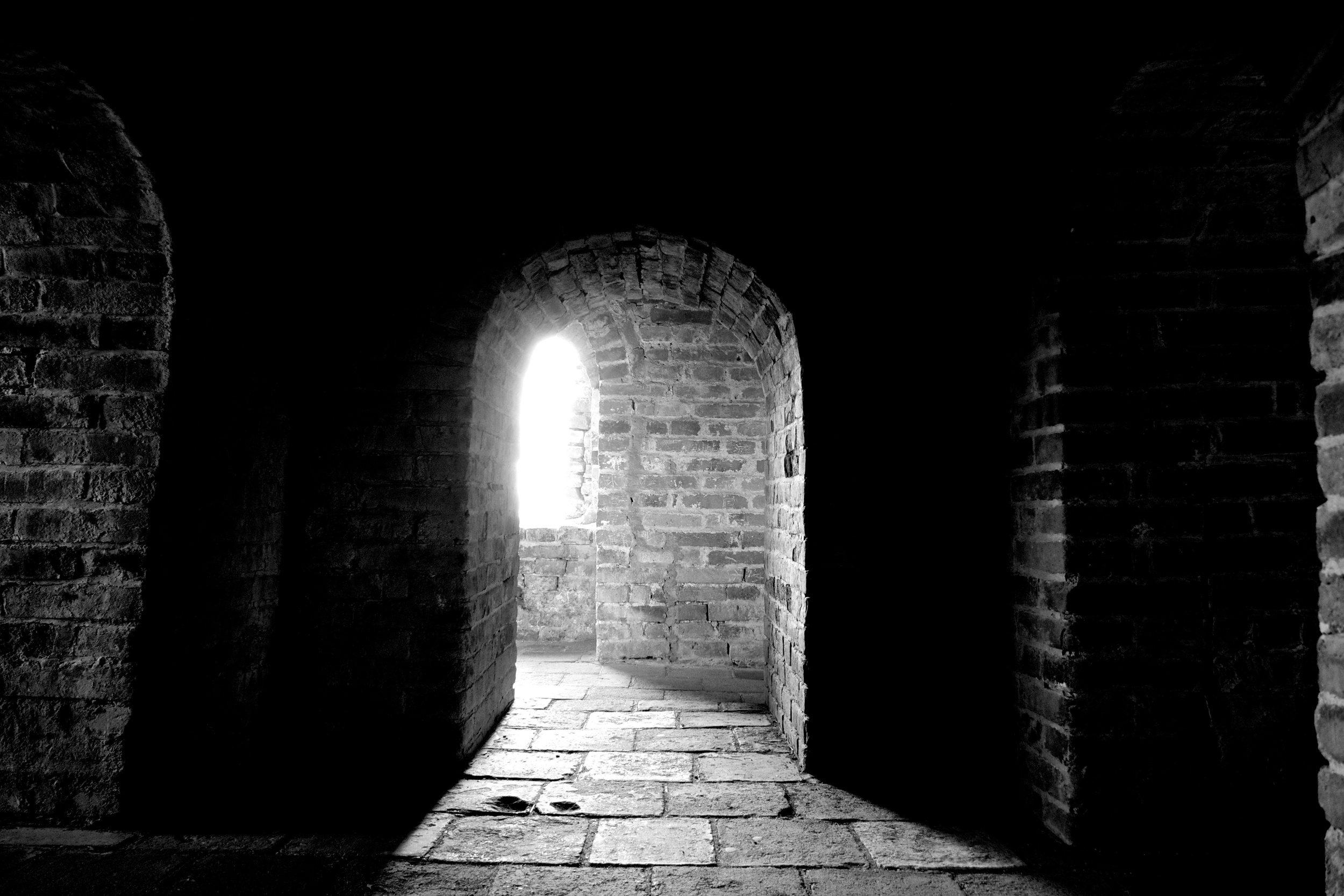Mutianyu Great Wall
I remember the first time that I had heard of the Great Wall of China. It was 1990. I was 7 years old and had just learned that Rick Hanson, a Canadian Paralympian raising money for spinal cord injury research had taken his wheelchair across the Great Wall on his round the world trip for research (he had actually completed his Man in Motion World Tour several years prior, but news travelled slowly to the small farming community I grew up in). I remember thinking to myself "Wow! People built a wall across their entire country to prevent others from getting in?" I wondered how fast they must have needed to put it up. Was the army currently marching on them? Did they have a few days or even hours before the invaders were at their gates? With more questions formulating in my head and awe at the magnitude of the wall increasing as I grew older, the appeal and mystique of this wonder of the world grew in my mind. "The Great Wall of China is the only manmade structure visible from space" I remember hearing. It turns out that it is not... It also turns out that it was not constructed in a day, either, remarkably ;) In fact it was built in sections over a period of hundreds of years and by separate dynasties. It is made from stone, brick, wood, and was not built with wheelchair accessibility in mind. Indeed, I see now that it would have also been incredibly difficult for Rick Hanson to navigate his wheelchair over the entire wall as well due to the fact that there are an incredible number of steps, steep inclines, and non-restored sections not conducive to the efficient use of a wheelchair. Probably an oversight at the time due to more relaxed civil engineering codes...
With my childhood enthusiasm for the wall in hand, it was finally time to visit it myself and see its majesty in person. I left from the Happy Dragon hostel in Beijing and boarded a tour bus full of travellers with similar intentions and headed off towards Mutianyu. Mutianyu is a section of the wall that features both beautifully restored masonry as well as more rugged, natural parts replete with crumbling stones and overgrown vegetation twisting around the wall as it meanders through the mountain peaks about an hour north of Beijing. There is a gondola (and a chairlift) that is able to take visitors up from the parking lots to the the wall for an extra fee of around 100 RMB. This is a great way to maximize time spent hiking the wall and ensure that more sections of the wall (especially the unrestored parts) can be seen if under the time constraints of a group tour.
Mutianyu Great Wall Section
The gondola will take travellers up to tower 14, which is roughly in the middle of the restored section. From there, being a wall, one can choose to go left or right. To the right are more towers accessed by the walking paths and chairlift from the parking lot. There is also a toboggan if you prefer an alternate method of descending from the wall. To the left, are some very scenic views and some gorgeous unrestored sections of the wall past tower 23. At tower 19, there is a metal ladder that must be climbed to go further, and the next two towers mark some of the steepest parts of the Mutianyu Wall, with spectacular views of the mountains, valley below and, on a clear day, the Beijing skyline can be seen off in the distance to the south. There is a neat little shortcut that takes hikers from tower 27 to 31 (kind of like a warp zone from Super Mario), and tower 29 is the highest point in this section. It is definitely worth checking out to see the panoramic vistas of the wall and a steep drop off to the north of the tower. Sections of the unrestored parts of the wall are overgrown, have some crumbling bits and can be steep in certain areas, so caution, communication, and planning would be advisable to ensure everyone has a good time.
Our particular tour bus allowed for about 3 hours on the wall, which was a perfect amount of time to see enough and not feel too rushed. After hiking the wall individually, we all met at a restaurant below the parking lots for a traditional Chinese meal. It was wonderful. I sat at a table with a group of teachers from Chicago and Tennessee who are currently living in Zhengzhou. Although there are many ways to get to see the Great Wall, I was pleased with booking through the hostel and would recommend going that route. Taking public transit to the wall and paying the entry fee would be cheaper, and certainly there are the "discount" tour operators who will take you for extended stays at tourist trap shopping areas along the way, but for 280 RMB (about $50 CAD), our tour booked through the hostel covered breakfast, lunch, park entry fees, transportation, guide, and provided an environment where it was easy to meet and share stories with other travellers, which was a tough deal to beat!
Well, it took almost 25 years from the time I first learned of the Great Wall and its amazing history to the time I was able to bear witness to its magnificence myself, but the wait was certainly worth it. It is such a special moment when we experience that instance where the image of a place created in the mind is confronted with reality∎

























